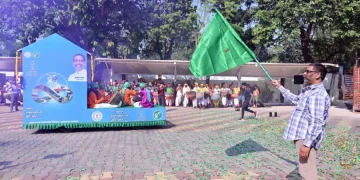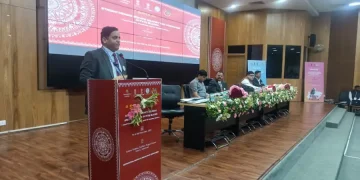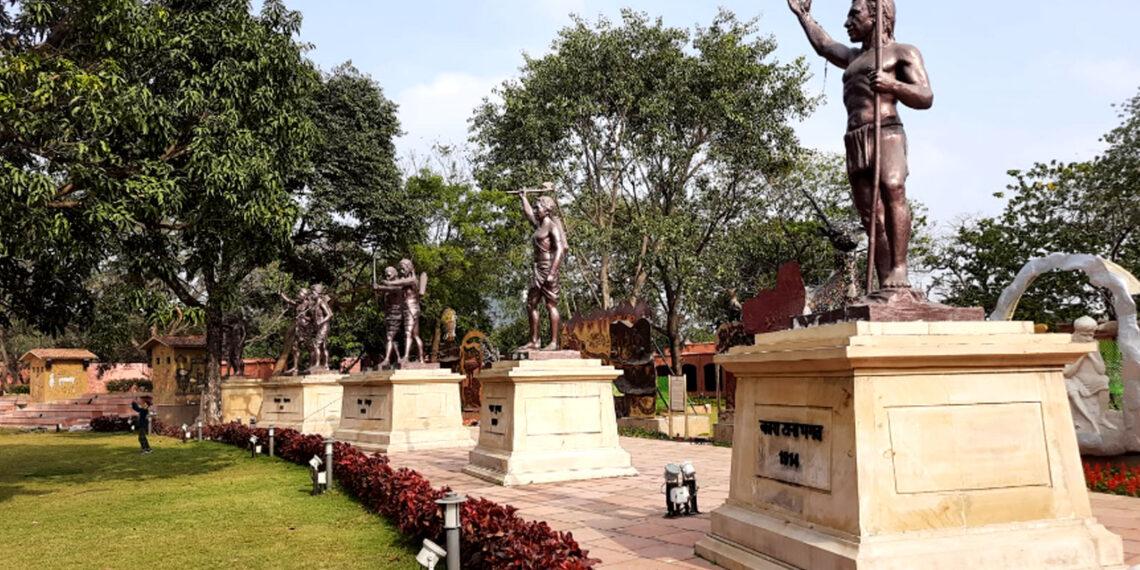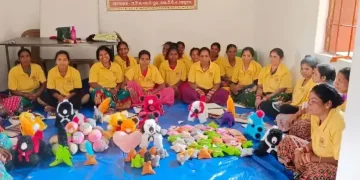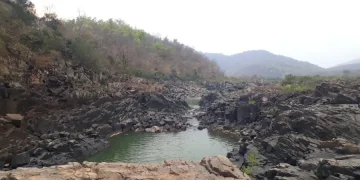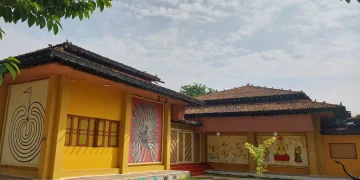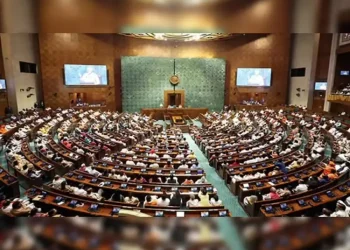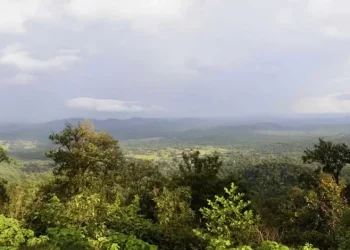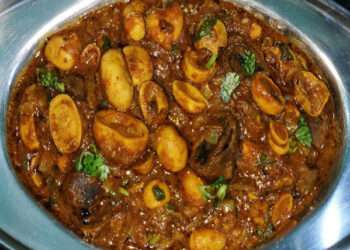Seventy-five years into Independence, it is important not to forget the years of struggle it took to achieve freedom. Textbooks tell us the story of the great names who gave us Independent India, but there were many smaller and lesser known fights against the tyranny of the British.
At the time, there were crucial acts of rebellion in Greater Jharkhand, which comprised Manbhum, Singhbhum, Dalbhum, Chhotanagpur, Santhal Parganas, Murshidabad, Jangalmahal and others.
The forest-dwelling tribals reacted strongly and promptly to injustice, not waiting for a nationwide revolt to drive out the colonial rulers. And, most of the time, they succeeded in compelling the rulers to meet their terms.
Stringent taxation laws didn’t exist in the mighty Mughal Empire. But, as the East India Company began spreading its tentacles, their interference with tax revenue collection took new turns.
After a series of experiments that continued for a decade or so, Lord Cornwallis introduced Permanent Settlement in the then Bengal. Consequently, the total tax revenue collection that was barely 8,700 British pounds in 1764-65, shot up to 34 lakh pounds by 1793.
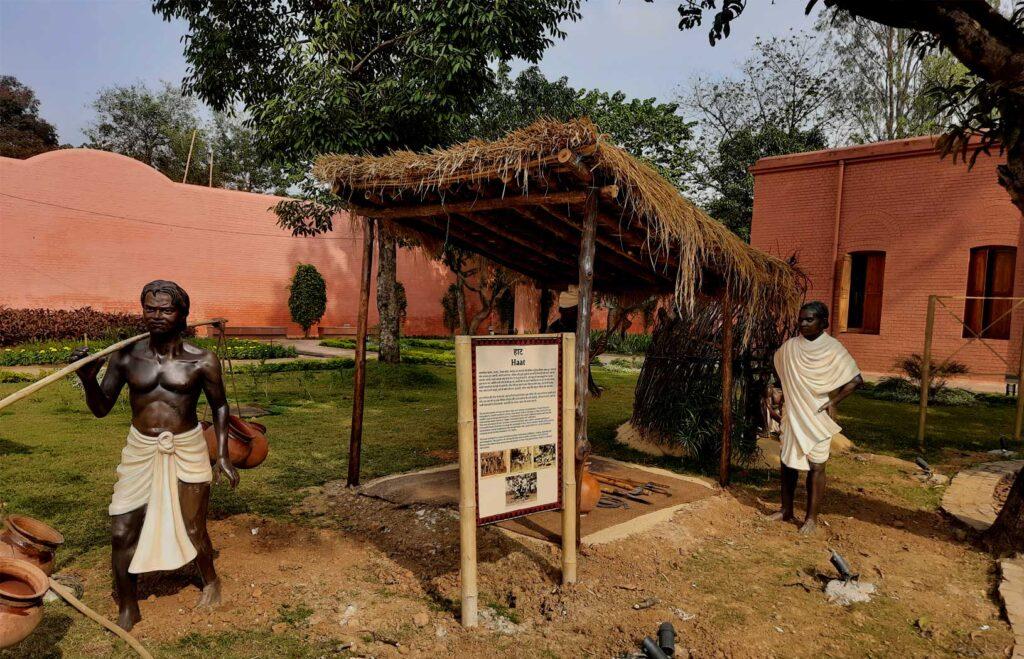
The Greater Jharkhand tribal freedom fighters staged an open revolt, popularly known as the Chuar Rebellion. Their fight with the mighty colonial rulers went on for a decade or so.
“Jagannath Dhal was accepted the ruler of Dhalbhum (modern Ghatshila), but there is no authentic record on who supported him in this holy mission, which the British tried to demean by terming it Chuar — sounding like the derogatory term chor, or thief,” explains Ranendra Kumar, Director of the Dr Ram Dayal Munda Tribal Research Institute.
The Paharia Revolt around Raj Mahal hills in 1778 was also an important movement. Common people only know that it was led by Raja Jagannath. However, the Mal Paharia used to run a princely state in Chhota Nagpur, and very little is known about these rulers who participated actively in the uprising.
Kumar elaborates, “Sarveshi Devi was the queen of Maheshpur and extended whole-hearted support to the rebellion. But we have not been able to trace her ancestors and successors. The available historical records only confirm her name.”
Similarly, the Munda, Santhal and Ho tribal freedom fighters actively participated in the Kol rebellion in the Tamara area that began in 1820 and gained sway during 1831-33. The new land laws put into place by the British lead to outsiders persecuting and exploiting the Kol (which includes several tribes of the region) and pursuing agriculture and commercial activities that had never been part of tribal culture.
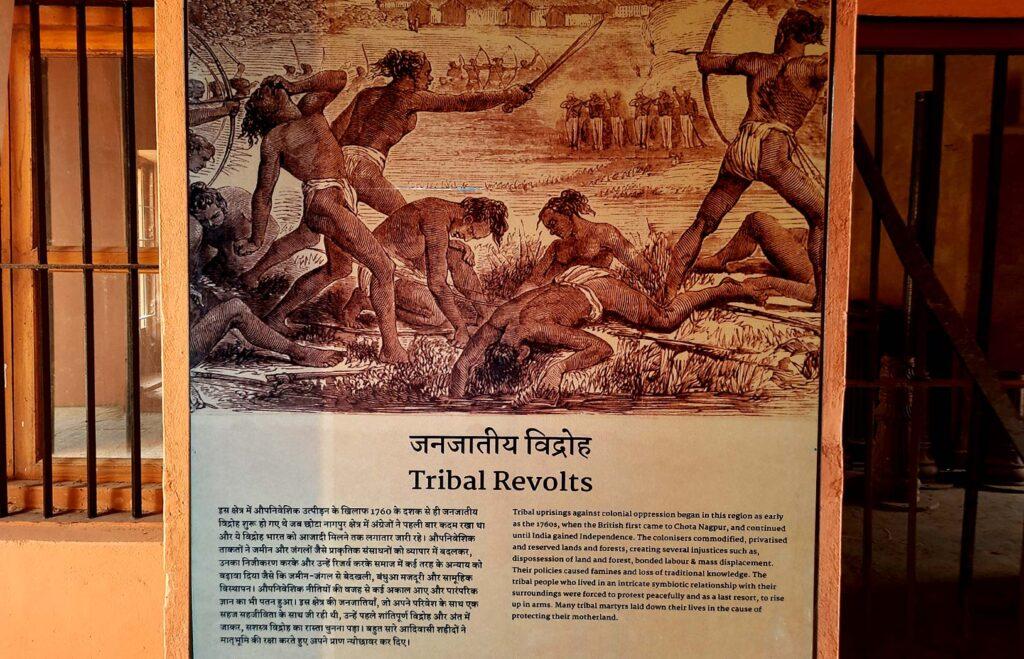
History names tribal freedom fighter Rukdeo Munda as its hero but many others who were part of this rebellion remain unknown. How it has been termed as Kol Revolt too is intriguing.
There were many other peasant uprisings in the east during the colonial rule, though the British suppression was equally swift and ruthless.
“In 1900, Birsa Munda’s brother, Hathi Ram Munda, was buried alive, but the details of this gory act against this unsung tribal freedom fighter are missing from the history books,” Kumar points out. “In 1942, the Tana Bhagats, staging peaceful protests inside a camp jail in Patna, were lathicharged. ‘Official sources’ don’t confirm how many persons were injured or killed in the incident.”
Countless other such economic, social and physical atrocities were committed by the British in the largely agricultural tracts of the east. The tribals were simple communities, but also easily angered and unforgiving to their enemy.
Unfortunately, innumerable brave revolts by these indigenous people remain unrecorded, with documents only hinting at how fearlessly the tribes of India contributed to the Freedom Struggle.






